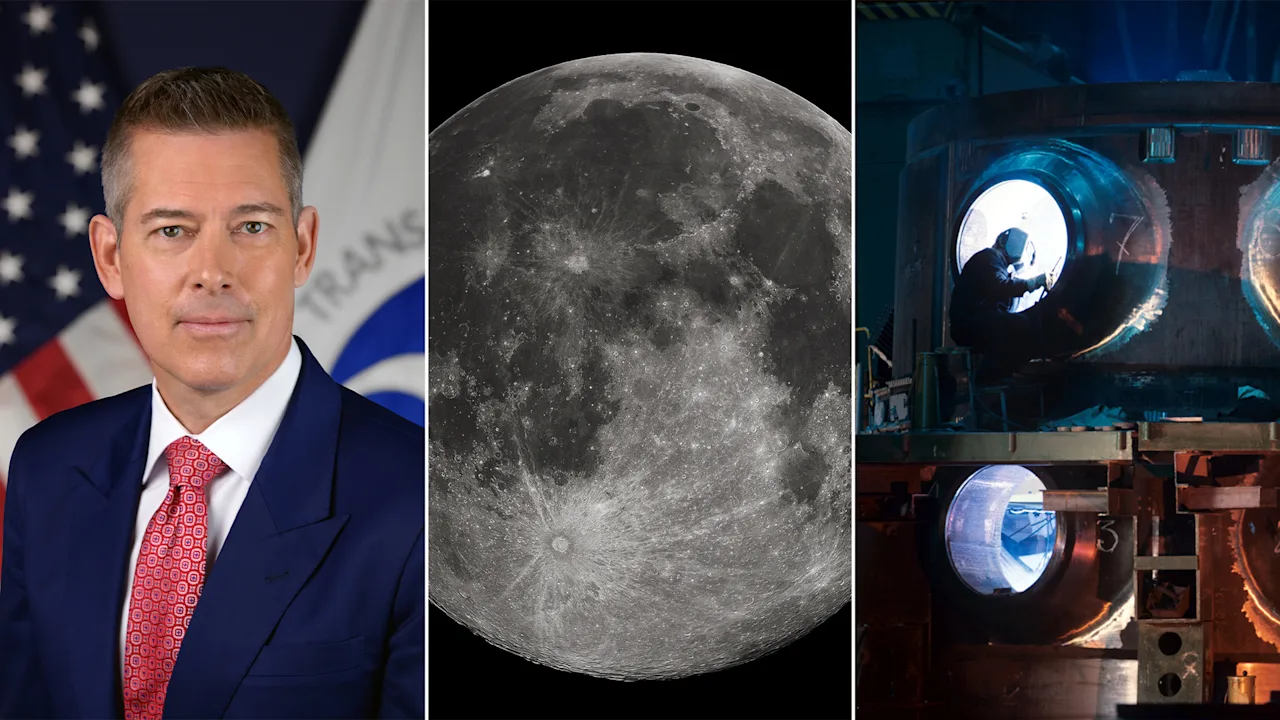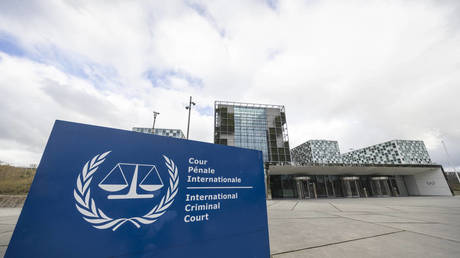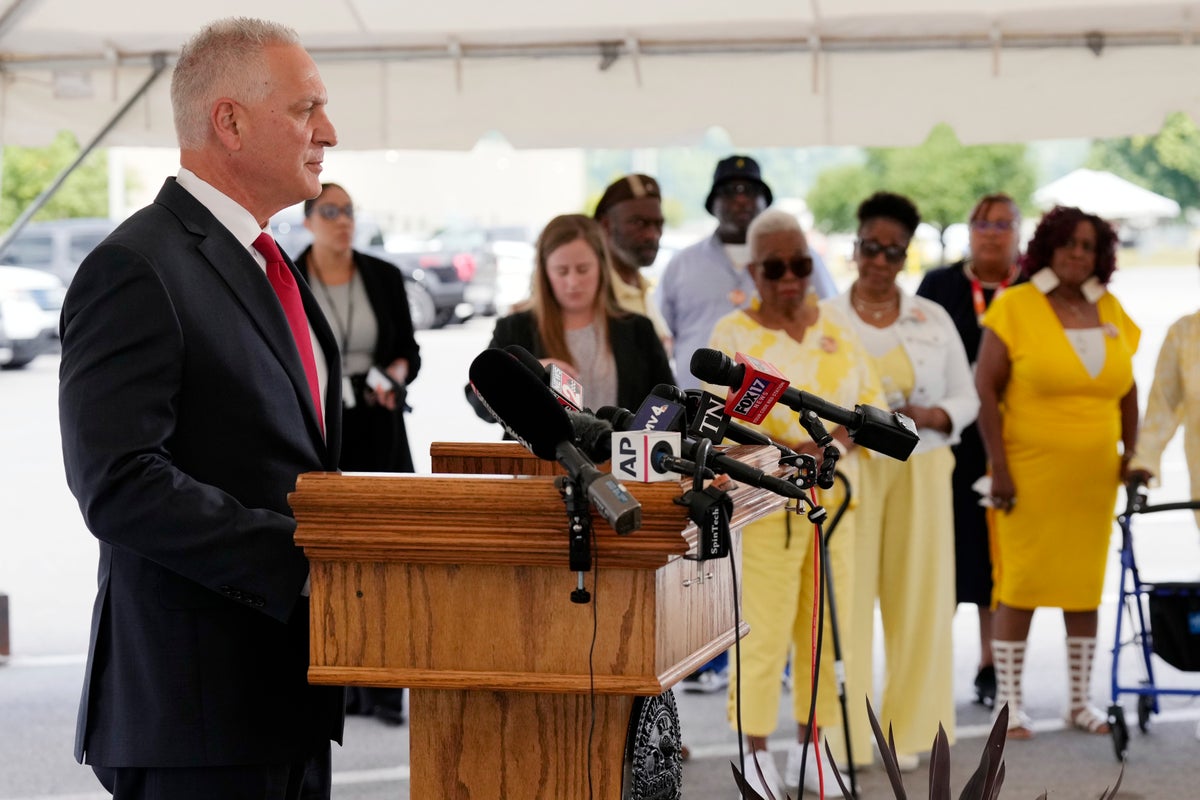Is the moon about to go nuclear?

NASA wants to build a nuclear reactor on the surface of the moon—and fast.
Transportation Secretary Sean Duffy, who is also serving as NASA’s interim administrator, has issued new directives at the agency to speed up the timeline for a fission reactor designed to power human activity on the moon, even as the space agency faces deep cuts to other parts of its budget.
The plot beat is straight out of sci-fi, but it’s also key to unlocking humanity’s future on the moon, where two weeklong long lunar night cycles make storing solar energy a challenge. “To properly advance this critical technology to be able to support a future lunar economy, high power energy generation on Mars, and to strengthen our national security in space, it is imperative the agency move quickly,” Duffy wrote in an agency directive sent out late last week.
Under Duffy’s more aggressive plan, NASA has been directed to put out a broad call encouraging private companies to craft designs for a powerful 100 kilowatt reactor that could be ready to go by 2030. Politico first reported the expedited plan for a lunar reactor, which a senior NASA official characterized as a priority for “winning the second space race.”
NASA’s lunar fission dreams
The U.S. space agency has been working on designs for an energy source that could power lunar development for a few years now. In 2022, NASA doled out three $5 million contracts for concept designs for small nuclear fission reactors that could be used on the moon and adapted for future Mars exploration.
Those designs each weighed under six metric tons and were capable of producing 40 kilowatts of electricity, “ensuring enough for demonstration purposes and additional power available for running lunar habitats, rovers, backup grids, or science experiments.”
“A demonstration of a nuclear power source on the Moon is required to show that it is a safe, clean, reliable option,” director of Technology Demonstrations for NASA’s Space Technology Mission Directorate Trudy Kortes said of the initiative, called the Fission Surface Power Project, last year. “The lunar night is challenging from a technical perspective, so having a source of power such as this nuclear reactor, which operates independent of the Sun, is an enabling option for long-term exploration and science efforts on the Moon.”
Other nations’ plans
The U.S. isn’t alone in its ambitions for a sustainable source of power on the moon—nor is its timing a coincidence.
Russia and China are working together on a joint lunar program that could include building a nuclear reactor on the moon’s surface as soon as 2033. Russia’s former head of Roscosmos Yury Borisov said last year that Russia was “seriously considering a project—somewhere at the turn of 2033–2035—to deliver and install a power unit on the lunar surface together with our Chinese colleagues.”
The project is viewed as a precursor to lunar colonization for both countries, enabling power production greater than what a solar array could generate. While that plan appears intact, Borisov was fired from his position earlier this year. Russia maintains ambitious plans for exploring the moon with an aggressive timeline, but the country’s space program faced a devastating setback when its first moon mission in almost 50 years smashed into the lunar surface.
Beyond China, Russia is also partnering with North Korea, another U.S. adversary, when it comes to space. Former U.S. Secretary of State Antony Blinken warned in January that Russia planned to share advanced satellite and other space technology with Pyongyang, an extension of the new military alliance between the two countries.The Biden administration maneuvered to block Russian plans to place an anti-satellite nuclear weapon in orbit, though that weapons program may be derailed for now after suffering a technical failure in April.
What's Your Reaction?
 Like
0
Like
0
 Dislike
0
Dislike
0
 Love
0
Love
0
 Funny
0
Funny
0
 Angry
0
Angry
0
 Sad
0
Sad
0
 Wow
0
Wow
0




















































![West coast, loverboy, poetic: inside Hoodtrophy Bino's CBFW [Interview]](https://earmilk.com/wp-content/uploads/2025/08/Earmilk-photo-800x462.png)









































